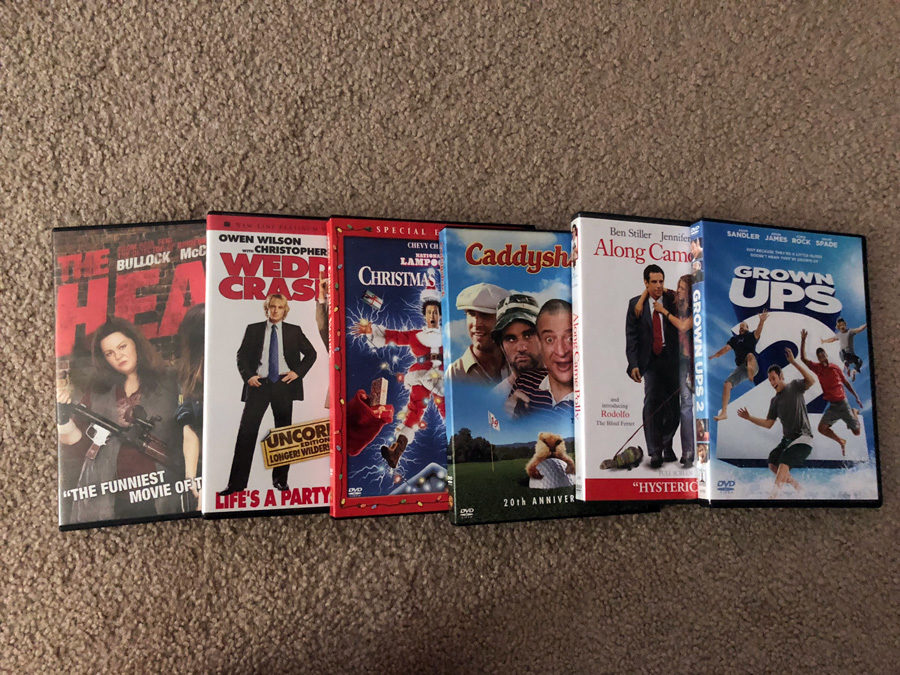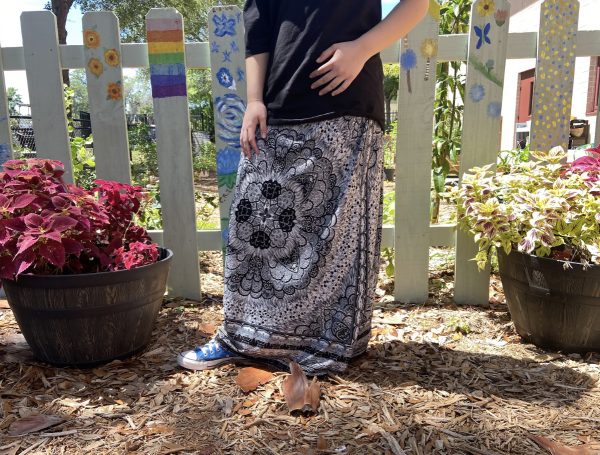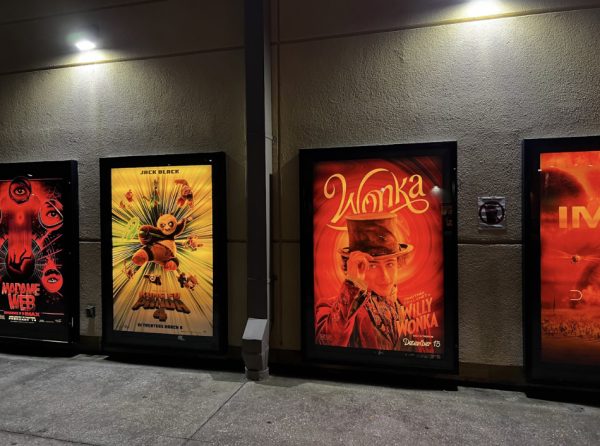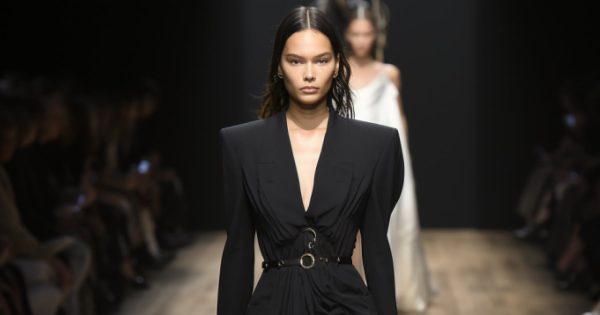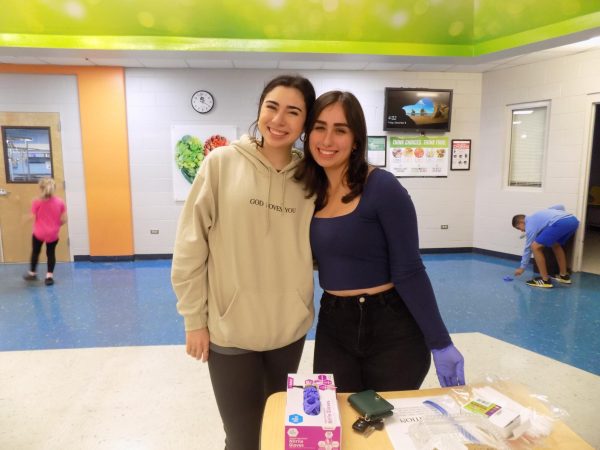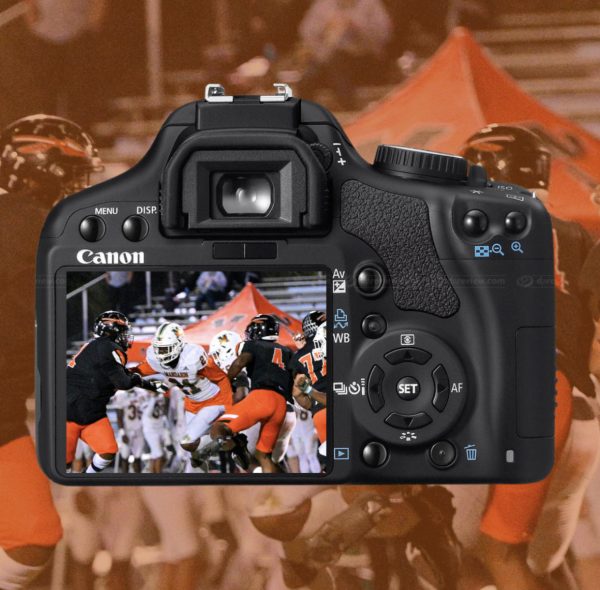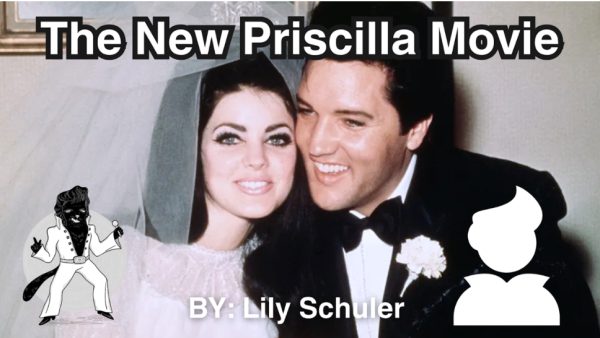CONTINUED LIMITATION OF COLOR IN MEDIA
People of color remain a limited sight in today’s popular media.
February 8, 2018
The United States is a melting pot of diverse people, but all it takes is one glance at our modern media to realize how underrepresented some minorities are. Being a person of color in this country has its undeniable struggles, evident in its history. Adding the lack of representation in the media to the lengthy list of injustices has only made it worse.
The failure of the media to portray people of color (POC) has resulted in a lack of confidence among the younger generation. During childhood and adolescence, minors are more impressionable towards stereotypes and what society deems as normal. They rely on popular figures in the media to give themselves a sense of belonging and to help them discover their own identities. The unwillingness of some producers to incorporate people of color in their works has only led to the youth feeling as though they are outsiders in their own community.
“Seeing the same standard white girl with blonde hair and blue eyes led to me to hate the way I looked, especially in elementary school. It made it difficult for me to accept that brown people could be beautiful, too. Every child of color deserves to see someone who looks like them on television and to feel as though their appearance, culture, or background is valid,” said sophomore Zayna Sheikh.
Even when minorities are presented with roles, it is often the role of a supporting character who is given stereotypical qualities. For example, the television show Fresh Off the Boat exemplifies the pressure POC feel to succumb to stereotypes regarding their own culture in order to stay relevant in today’s entertainment. This show typecasts characters such as a strict Asian mother with an emphasis on education and frugality with money, and a son who is at the top of his class and strives for greatness. However, it is still a part of the small assortment of shows and movies that have a majority Asian cast.
“Many shows only cast one person of color in order to prevent hateful comments towards them regarding the topic of racism. However, that is just tokenism. There needs to be diversity, and that does not mean putting one person of color in a show just to cover their back,” said sophomore Keerthana Dhulipala.
On the rare occasion that the lead role is designed for a POC, it is instead relegated to a caucasian actor. This has occurred multiple times within the entertainment industry. Last year, Scarlett Johansson usurped the role of an Asian woman in the 2017 film, Ghost in the Shell. To some, this may seem like an inconsequential issue, but for many, it is an unsettling reality that their culture is regarded as inferior. To replace a woman of color with a white woman for the sole purpose of appealing to a Eurocentric audience and achieving financial gains is equivalent to casting minorities into the shadows.
Fortunately, in recent years, the media has been more welcoming to diversity. They have included people of color in lead roles and have propagated their acceptance of differences within society. Though history has not been kind to minorities, there is a hopeful future for all those who aren’t the standard white girl with blonde hair and blue eyes.

























